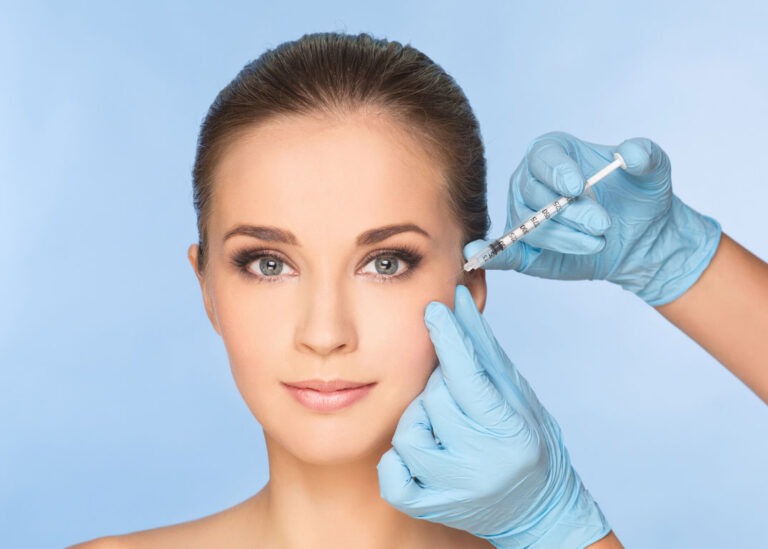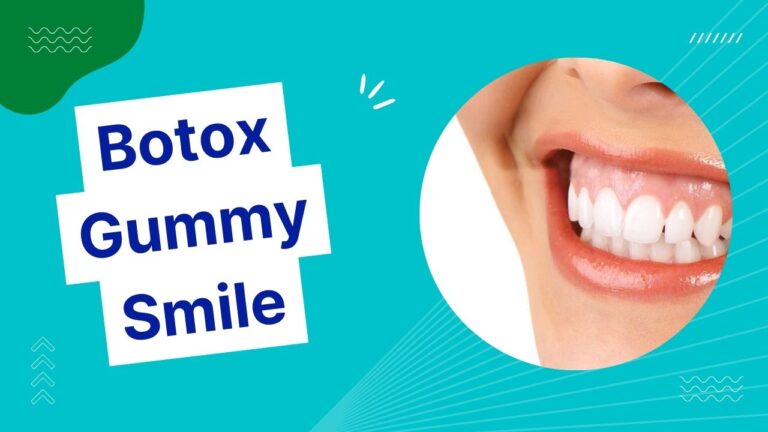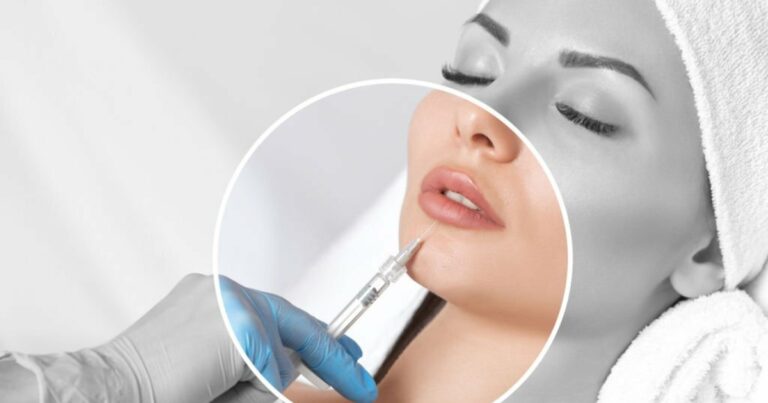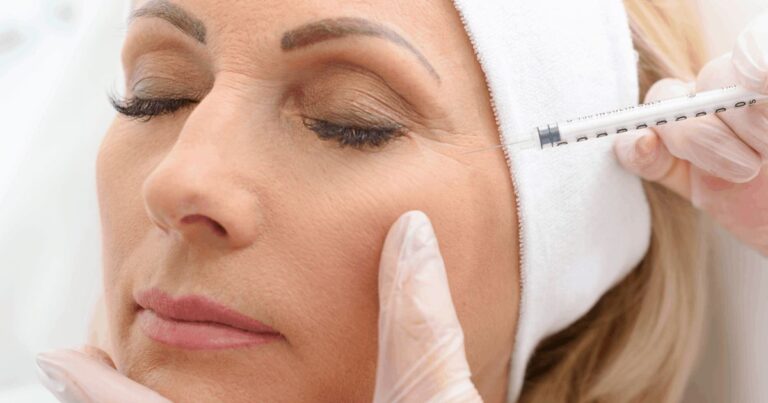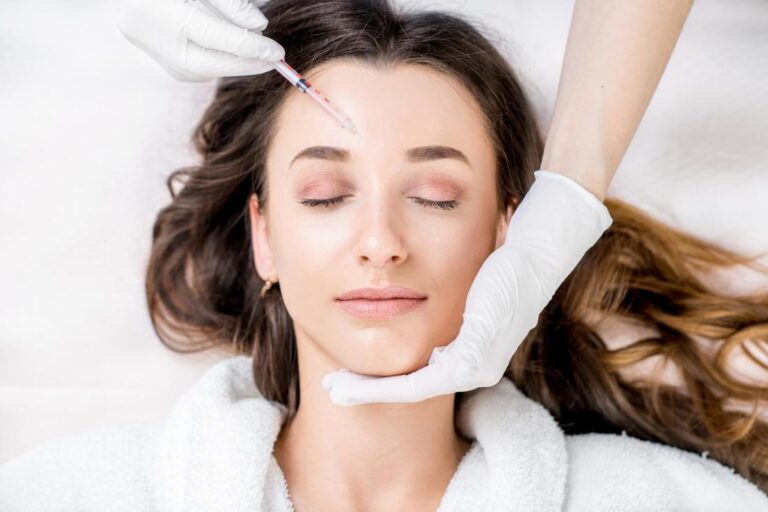Bruxism, or the common issue of teeth grinding, can lead to dental complications. While traditional therapies often involve mouthguards and behavioural strategies, the prospect of using Botox for Bruxism has emerged recently, challenging previous norms. Botox plays a significant role in treating bruxism, and this article explores its efficacy, safety, and how it works.
Identifying the Signs and Symptoms of Bruxism
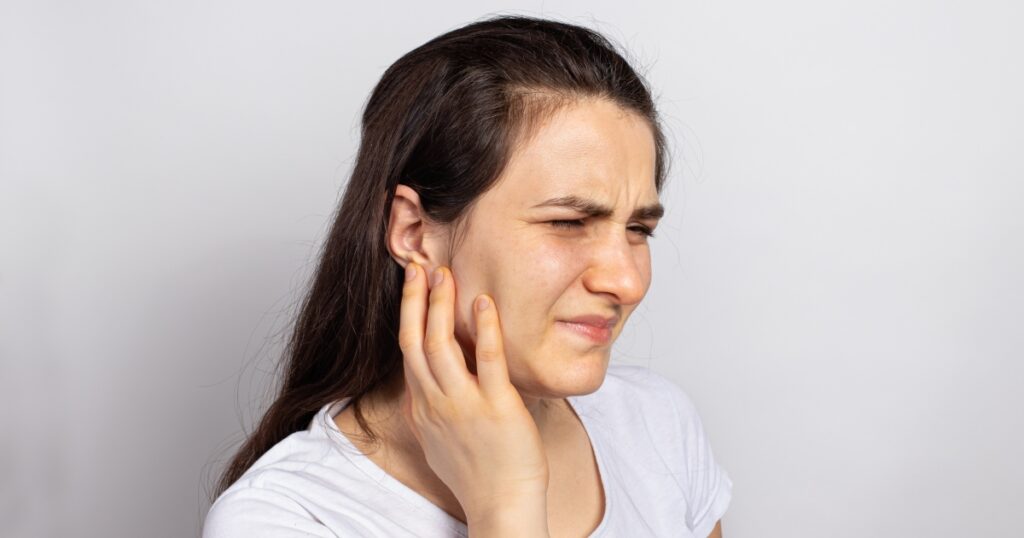
Many people suffering from bruxism are unaware of their condition due to its subconscious nature. Knowing the signs and symptoms of bruxism is crucial to seek timely medical help. These signs can vary from apparent dental changes to subtle lifestyle impacts.
- Teeth that are flattened, fractured, chipped, or loose
- Worn tooth enamel, exposing deeper layers of your tooth
- Increased tooth sensitivity
- Jaw or face pain or soreness
- Tired or tight jaw muscles
- Pain that feels like an earache, though it’s not a problem with your ear
- Dull headache starting in the temples
- Damage from chewing on the inside of your cheek
- Sleep disruption
- Disrupted sleep patterns for the person or partner
- Sore gums
- Long-term facial muscle enlargement
- Changes in facial appearance
- Changes in the bite (the way the upper and lower teeth fit together)
- Neck, shoulder and back pain
The Long-Term Consequences of Untreated Bruxism
Persistent teeth grinding can lead to many long-term issues, affecting dental health and overall well-being. This section discusses the potential consequences of untreated bruxism and emphasises the importance of timely intervention.
- Tooth loss, tooth damage, and gum issues
- Temporomandibular joint disorder (TMD), sleep disruption, and more
- Psychological effects of chronic bruxism
- The financial implications of delayed treatment
Exploring Different Treatment Options for Bruxism
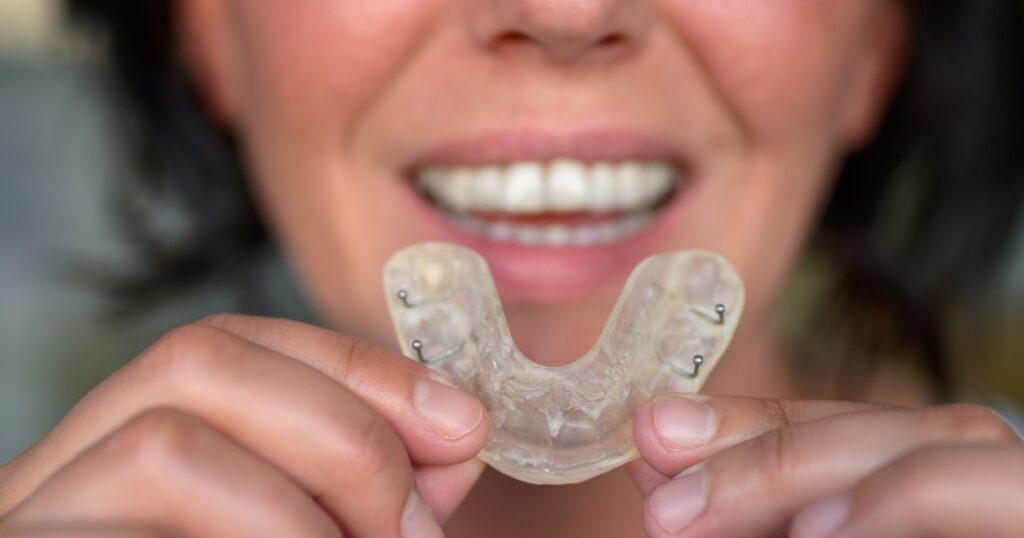
Several treatments are available for managing bruxism, ranging from lifestyle changes to dental interventions. This section provides an overview of these diverse methods, helping readers understand their options better.
Book A Consultation With Dr Tarek Bayazid
Top-rated Plastic Surgeon For Botox in Dubai
Installment Plan Available
Here’s a table describing different treatment options for bruxism:
| Treatment Options | Description |
| Dental Approaches | Includes using splints and mouth guards to keep teeth separated and prevent grinding. Dental correction of misaligned teeth might also be necessary. |
| Stress Management | Techniques such as yoga, meditation, exercise, psychotherapy, or counselling can reduce stress and anxiety, often contributing to bruxism. |
| Biofeedback | People may sometimes be trained to control their muscle response using monitoring procedures and equipment. |
| Physiotherapy | Exercises and treatments to relax the jaw and facial muscles, improve posture, and promote better jaw alignment. |
| Medication | Although it is not frequently used, medication for bruxism can be beneficial in specific circumstances. Options include muscle relaxants before sleep or Botox injections to weaken the muscles. |
| Behavioral Therapy | This includes habit change techniques such as conscious awareness, habit reversal techniques, and teaching the person how to rest their tongue, teeth, and lips properly. |
| Sleep Hygiene | Improving sleep habits and environments may also reduce bruxism, primarily if related to sleep disorders like sleep apnea. |
| Dietary Changes | Reducing stimulants such as caffeine and alcohol can decrease bruxism. |
The Science Behind Botox Treatment for Bruxism
When injected into the skin, botulinum toxin, commercially known as Botox, causes neurotoxicity.
The treatment of bruxism is one of its medical applications.
- Botox temporarily paralyzes muscles by blocking acetylcholine release at neuromuscular junctions, which results from blocking such neurotransmitter release.
- When injected into the masseter muscles (the muscles that move your jaw), Botox can help reduce their strength and prevent the powerful jaw clenching typical in bruxism.
- The intention of using Botox for bruxism is not to stop all movement of the jaw but to reduce the power of the muscle contractions to a more normal level. This helps reduce the grinding and clenching, lowering the risks of damage to the teeth, jaw joint, and muscles.
- The effects of a Botox injection are temporary and usually last between 3 to 6 months. This means the treatment needs to be repeated for ongoing management of bruxism.
- Botox treatment is generally considered safe; however, side effects are possible.
An injection site infection may cause pain, flu-like symptoms, headaches, and in rare cases, a noticeable weakening of the bite.
- Botox for the treatment of bruxism needs to be further researched for long-term safety and effectiveness.
- Whether Botox can effectively treat bruxism over the long term is still unknown.
Procedure and Safety: Applying Botox for Bruxism
Like any other medical treatment, the Botox application involves a specific procedure and carries certain risks. This section discusses how Botox is applied for bruxism and examines the safety considerations involved.
Procedure:
- Botox therapy is determined by discussing the patient’s medical history, examining them, and determining whether the patient is a good candidate.
- Botox is injected directly into the masseter muscle, the large muscle that moves the jaw.
- The healthcare provider usually uses a skinny needle to inject small amounts of Botox into this muscle.
- The procedure typically involves multiple injections to cover the muscle area fully and is typically completed in one session.
- The procedure is generally quick, often taking less than 30 minutes.
Safety and Aftercare:
After the procedure, the patient may feel a bit of temporary soreness in the injection area.
- Patients should avoid rubbing or massaging the injection area for 24 hours to prevent spreading the toxin to other areas.
- Normal activities can be resumed immediately, but strenuous activity, alcohol, and extended sun exposure should be avoided shortly after treatment.
- The Botox injections typically begin to manifest their effects within one week, and the full effect is typically observed within one to two weeks.
- The effects of Botox typically last between 3 and 6 months. Muscle contractions gradually return as the Botox wears off, so repeated treatment is necessary.
- Although rarely serious, potential adverse reactions include localised discomfort at the injection site, flu-like symptoms, headache, nausea, and temporary eyelids drooping.
- Botox should only be administered by a medical professional with experience because it occasionally has more severe adverse effects, including difficulty breathing, eating, speaking, or speaking loudly.
Side Effects and Considerations of Botox for Bruxism
Botox for bruxism, while effective, is not devoid of potential side effects. This section delves into the possible side effects and necessary considerations when opting for this treatment.
- Bruising, pain, or swelling where the injection was given.
- Headache or flu-like symptoms.
- Dry mouth or discomfort in the mouth area.
- Weakening of the jaw muscles, which may affect the ability to chew.
- Rarely, more severe adverse effects of Botox, such as difficulty breathing, speaking, or eating, can occur.
Botox is emerging as a promising treatment for bruxism, or teeth grinding, offering potential relief to many sufferers. While more research is necessary to determine its long-term safety and effectiveness, the current data indicates it might revolutionize bruxism treatment. If you’re considering this innovative approach, Dr. Tarek Aesthetics can help guide you with personalized and expert care to address your bruxism effectively. Don’t let bruxism control your life; explore the potential benefits of Botox treatment with us today.
Why not book a consultation today and explore the potential benefits of Botox for your bruxism management?



